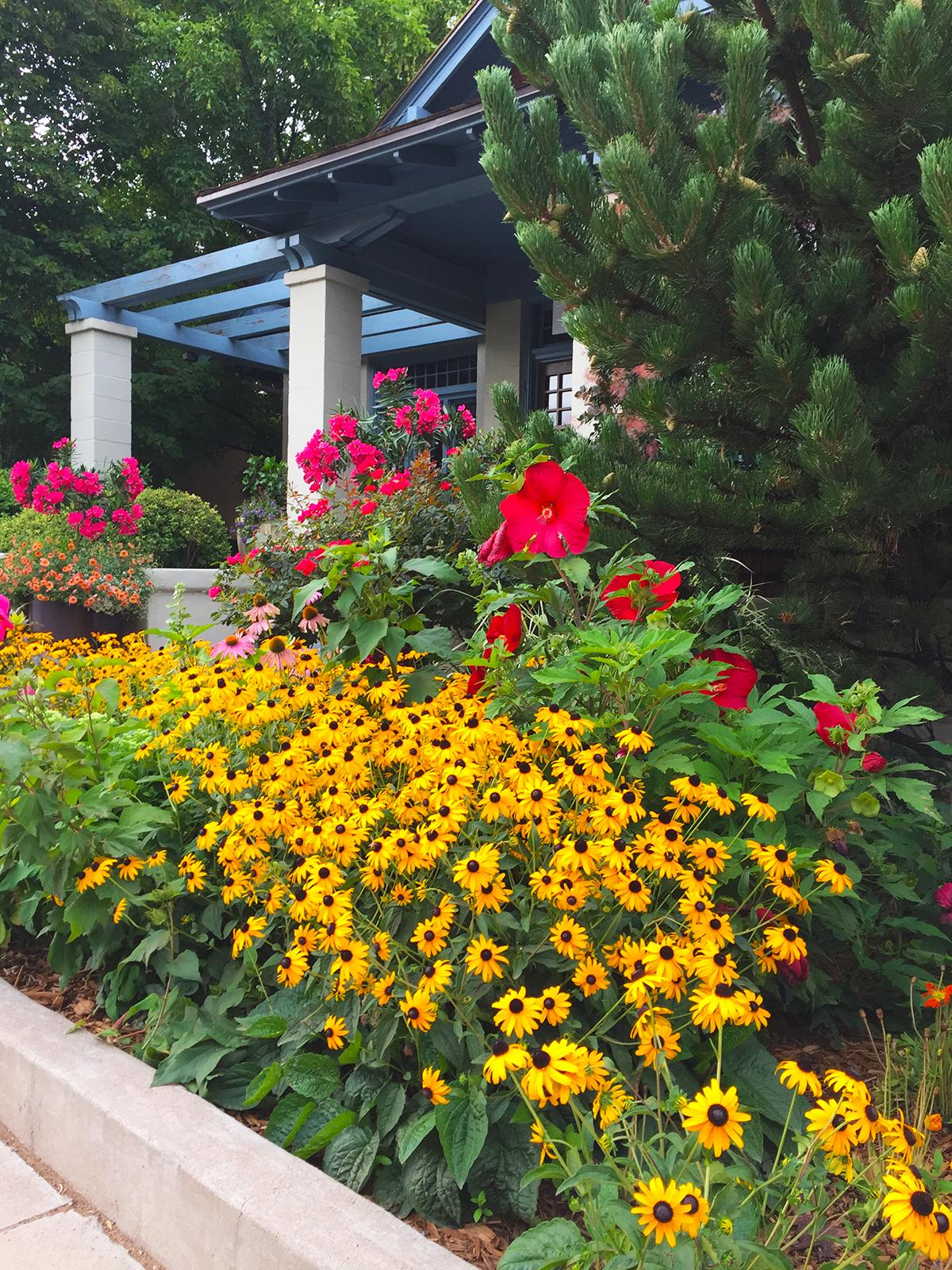

By Jessica Addington, Focus New Mexico
It’s been a few years since I tried my hand at a backyard garden, but I haven’t forgotten the satisfaction of sowing, growing, and tasting the first crop. To be completely honest, I didn’t have much success with my first garden; we had very little space to grow and only produced a small ration of jalapenos, a few habaneros, and one cantaloupe. Regardless of the size of our harvest, I found so much joy in tending to each plant and teaching my girls a lesson in hard work, patience, and self-sufficiency.
To our advantage, New Mexico’s climate provides a long growing season. However, gardening in the desert can also raise some challenges: low moisture levels, rocky soil, and gusty winds can make it difficult. As I was doing some personal research for my backyard garden, I wanted to share what I thought was valuable content for anyone who is wanting to live off of the land. I dug up a fantastic article from New Mexico State University that will help you grow with confidence and have fun doing it!
1. Know Your Climate
The types of vegetables that can be grown in home gardens in New Mexico are generally determined by the length of the growing season. There are three major growing zones in New Mexico—north, central, and south—based on the average number of frost-free days. In Santa Fe, the frost-free date is approximately May 10. Crops like okra and watermelons have difficulty maturing in areas with short growing seasons. Kale, on the other hand, does not fare well in areas with hot summer weather like southeast NM. Also, raised beds warm up sooner in the spring than a level garden. Maximum effect is achieved by planting on the south side of a bed running east to west. Beds can be mounded up with a shovel or contained with lumber or bricks.
2. Plan Before You Plant
When selecting the site for your garden, make sure the soil is deep and well drained. Most vegetables, whether grown in short or long growing season areas, prefer full sun. Vegetable gardens should be located away from trees that may shade the garden. Tree roots may also compete for water and nutrients. Windbreaks (such as trees, fences, and walls) a safe distance to the southwest of the garden are encouraged to protect young seedlings from prevailing winds in the spring. Make a list of vegetables you would like to grow. Consider how much space is available, how many people are in your family and their taste preferences. A number of techniques can be used to grow more crops in the same area. For example, radishes planted in the early spring can be replaced by green beans in the summer. The green beans, in turn, can be replaced by fall-planted garlic. This process of planting three crops one after another in the same growing season is called “succession” planting.
CLICK HERE TO READ MORE!
